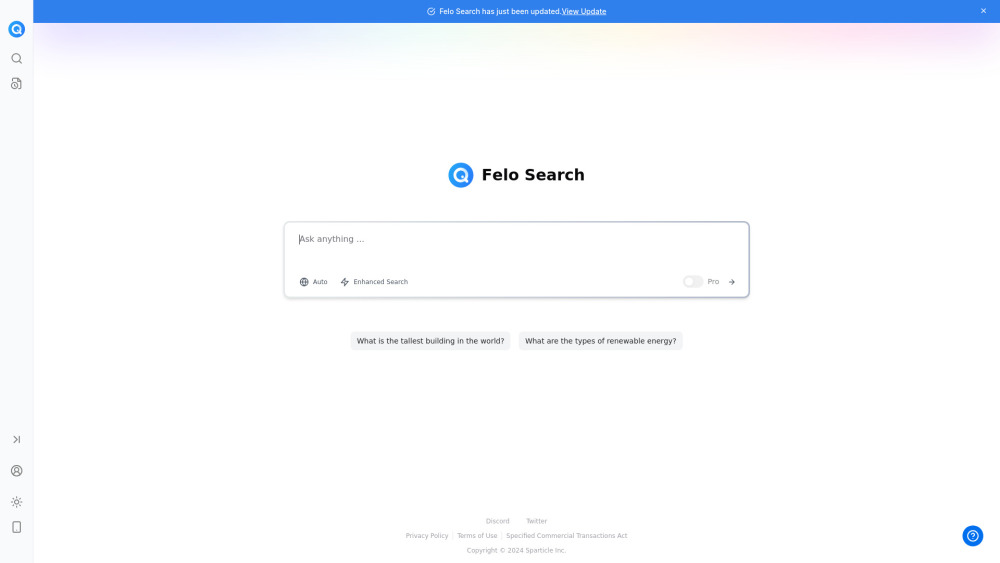The challenges of integrating generative AI into newsrooms have quickly become apparent. Recent examples include CNet's secret chatbot reviews and Buzzfeed's significant layoffs, replacing human staff with AI-generated content. The fear of being overshadowed by "good enough AI" looms large, with predictions that up to a third of the nation's newsrooms could close by the middle of the decade. However, AI presents an opportunity rather than an existential threat.
At the NYU Media Lab’s AI & Local News Initiative demo day, six research teams demonstrated how AI could fundamentally transform local news gathering and production. This initiative, now in its second year, aims to empower local news organizations to leverage artificial intelligence for success, supported by a $3 million grant from the Knight Foundation in partnership with organizations like the Associated Press and the Brown Institute's Local News Lab.
This year's cohort consists of diverse teams from academia and industry who spent 12 weeks developing AI applications designed to assist journalists, enhance news organization sustainability, and deliver quality information to local audiences. "Bringing together people working on these issues from various perspectives adds value," said Matt Macvey, Community and Project Lead for the initiative. He emphasized the potential for trusted news sources to gain even more value in an era swamped with low-quality AI-generated content.
Among the innovative projects showcased, Bangla AI is creating a web platform that surfaces and translates relevant news stories into Bengali for the sizable Bengali immigrant community in New York City. With over 200,000 legal Bangladeshi immigrants in the U.S., many struggle with English, limiting their access to mainstream media. The platform will translate significant news, simplifying access for journalists and the immigrant community alike.
Similarly, Chequeado, a non-profit combating disinformation, introduced its Chequeabot platform, Monitorio, which uses AI and natural language processing for efficient fact-checking in Spanish-language media. This tool continually scans social media for misinformation, alerting fact-checkers to trends, which can mitigate the spread of false information. "This kind of technology can significantly enhance under-resourced newsrooms," explained Chequeado member Marcos Barroso.
The Newsroom AI team from Cornell University aims to streamline tasks for journalists through its writing assistant, capable of automating transcription, information organization, image generation, and SEO implementation. This system can even mimic a journalist's writing style when trained with examples.
On the audio front, WNYC, New York's largest public media station, is developing a speech-to-text model for real-time captioning. This initiative seeks to make broadcasts accessible for deaf and hard-of-hearing audiences. "We're committed to making our audio more accessible," said WNYC team member Sam Guzik. The AI-driven solution would provide accurate captions at scale, enhancing the listening experience for all, especially those unable to use headphones.
NOBL Media is introducing an ad tech product that allows programmatic advertisers to target niche audiences effectively, while Graham Media Group has created an automated comment-bot designed to foster civil discourse in comments sections of local news articles. This innovative tool encourages meaningful conversations by generating thoughtful conversation starters, addressing challenges faced by human moderators, and promoting balanced participation.
The role of AI in transforming journalism is evolving, but optimism prevails among industry leaders. As Macvey noted, local news organizations are often stretched thin, and AI tools can provide journalists with the additional bandwidth they need to cover critical stories effectively.





